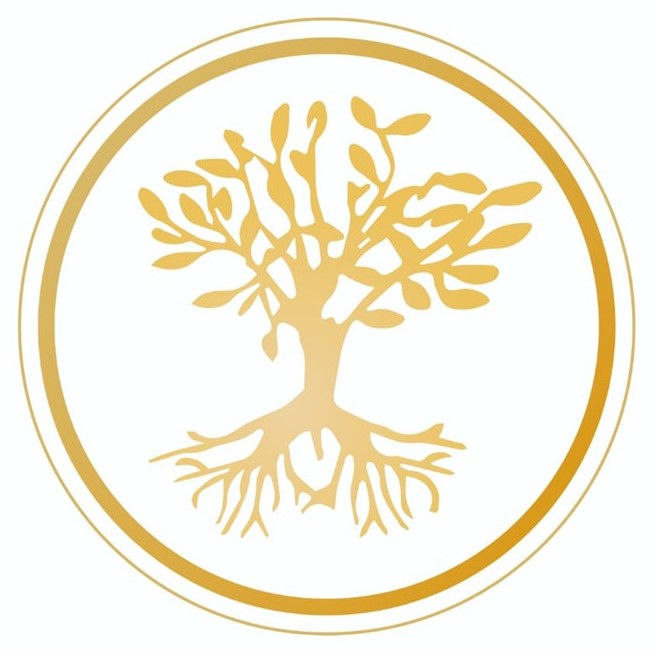
Paramao
"Changing Peoples' Lives"
Product of West Timor
Bottled in Indonesia - Exported from Bali
Worldwide Sole International Agent
















Related Information
Experience the scientifically proven relieving and healing properties found in Paramao Oil or Paramao Root Oil.
The interesting question from everyone is - What makes Paramao Oil work?
The answer to this is the unique combination of properties found only in the Paramao Oil. Recent testing has found that the tested Paramao Tree Root has Methyl Salicylate, a very potent anti-Inflammatory along with another component that provides great stability in the oil. There is a paper being written on the findings. It is presently in the review stage and once it has been published we will share the paper on our website. This is all very exciting and we look forward to sharing this information very soon.
The following information has been found from our research with the manufacturer and on the internet. Information about the oils consistency.
Paramao is the name given to the trees by the locals. There are 4 trees that have been used to make this oil.
The below information has been written about the Lawang Oil and Tree stating incorrect info used to protect the true formulation. It states only one tree is used to make Paramao oil. The information in Point 2 does refer to the Lawang Oil testing only.
Both exerts have been reproduced identically from their relevant websites for your awareness only.
1.
ORIGIN: Indonesia EXTRACTION: Steam distillation of the tree bark
Cautions: Can be applied directly without diluting. If irritation should occur, wash with soap and water. Do not take internally (added note - however can be rubbed on gums for toothache and ulcers or mouth sores and sprayed in throat for sore throat. others have used as mouth wash for thrush.). For children under 12 must be administered by an adult. Keep away from eyes and sensitive area including genitalia.
About: A rare precious oil, found only in 2 small Indonesian islands. Our Lawang Oil is produced from an ecologically sustainable, traditional process that has preserved the existence of this important species for hundreds of years. Over 400 years ago a villager discovered that by rubbing a leaf from the Lawang tree on his swollen & painful joints he obtain considerable pain reduction. For 100’s of years it was used as a compress and poultice, but It wasn't long before the art of distilling the essential oil from the leaves and bark of this plant was discovered, becoming known as Lawang Essential Oil and famous for its pain relief properties. Doctors stationed in Indonesia in the late 1940’s used this oil to relieve pain for injured soldiers when morphine was in short supply. Lawang Essential Oil is naturally derived oil from a tree and is thus impossible to artificially replicate. Because Lawang oil is a naturally derived essential oil from a tree, it is impossible to artificially replicate.
Aroma: soft, warm spicy(clove-nutmeg like) bouquet with balsamic-woody undertone of good tenacity.
Blends well with: Sugandha Kokila, Myrtle, Plai, Lavender, Sandalwood, Helichrysum, etc..
Therapeutically speaking, This deep penetrating, analgesic oil, has been discovered to have potent, almost immediate pain relieving properties, and has been kept a best secret in Indonesia. Now that it has been made known, that it moves lactic acid build-up from the body, It is used around the globe for muscular pain, sports injuries, painful joints and tendons, nerve pain, insect bites & stings. Incredible results have been achieved to treat general muscle pain, Fibromyalgia, Arthritis, Rheumatoid and Osteoarthritis, Neuralgia, Neuropathy, Migraines, Cluster Headaches, Lumbago, Sciatica, etc.. Can be used directly on an insect sting to stop the pain and itching.
Actions: Analgesic, antiviral, emollient, aphrodisiac.
Suggested uses: Most people tolerate it undiluted, but I strongly suggest diluting with a carrier oil when used for full body massage. Spot treat undiluted on joints. Use on massage oils, soap, pain ointments, compress, natural perfumery used in spice accords, incense bouquets, diffuser blends, after-shave lotions.
2.
Lawang oil, (as a distillation) when analysed appears to contain Eugenol.
It also contains it's methyl ether, Methyleugenol, and that is also found in several essential oils including Citronella, Japanese calamus oil, Matico oil, Betel oil, Canada snake-root oil, Asarum europseum, Champaca flowers, Paracoto bark, the bark of Cinnamomum peda-tinervium, Laurel oil, California laurel oil, Cassie buds, Evodia simplex, bay, and Pimenta.
A-Terpineol also appears to be part of the analysis, that is far too complex to describe here but this also appears in the oils of Nutmeg and Boldo leaves, and seems to have a relationship with Cajeput oil, Kuromoji oil, Lemon oil, oil of Melaleuca uncinata (people make 'brush' fences from this in Australia), Gardenia oil, Valerian oil, Kesso root oil and Erigeron oil.
There may also be Safrole in the oil, as in Sassofras (used to be in Root beer) and that is a potential precursor in the production of the empathogenic/entactogenic drug MDMA.
Cinnamomum Culilawan started turning up in German pharmaceutical and essential oil literature quite a long time ago, it was mentioned in Apothekerlexikon by Samuel Hahnemann 1799.
Eugenol is also derived from Clove oil, Basil and Bay leaves and it is the Eugenol derived from Cloves that is used in dental compounds and other oral treatments, and as a topical anesthetic by dentists. Eugenol is also used with zinc oxide in a paste for temporary restorations, bases under restorations, and impression materials. It is believed to have a palliative effect on dental pulp and possibly a limited germicidal effect. Eugenol is a member of the phenylpropanoids class of chemical compounds.
It is possibly the Eugenol that is doing a lot of the work in the Lawang oil.
Eugenol is of course a key ingredient in Indonesian kretek (clove) cigarettes. It also kills some human colon cancer cells. Clove oil distillate is pretty powerful stuff so don't spill it on plastics either, or do something like pick up your handphone or TV remote control with it on your hands.
Cinnamon is reputed to assist with arthritis, can apparently reduce the proliferation of leukemia and lymphoma cancer cells, can lower LDL cholesterol, helps inhibits bacterial growth and food spoilage, may be effective against ulcer-causing H. pylori bacteria and other pathogens, and appears to have a detrimental effect on the E.coli bacteria. It may also assist with diabetes issues.
I have not seen any literature that suggests Cinnamomum Culilawan does any of this but it is a related plant so it is possibly worth giving some thought.
The essential oil of the Cinnamon bark is called Cinnamonaldehyde.
Like all things in nature, it is not always the one thing but a synergy of several different things and a particular plant distillate that is a natural source of several things may work better, or just subtly differently to the various things do independently. So maybe that is the secret of Lawang oil.
I recall putting forward the benefits of Cinnamon, Nutmeg, Citronella and Clove oil derived Eugenol on these forums in the past.
Lawang seems to combine all these and more.
Maybe this serves to de-mystify the oil a little, then again maybe not.
Reference: j_hurcules
Lombok, Indonesia

Supplier/Manufacturer

Paramao Tree

